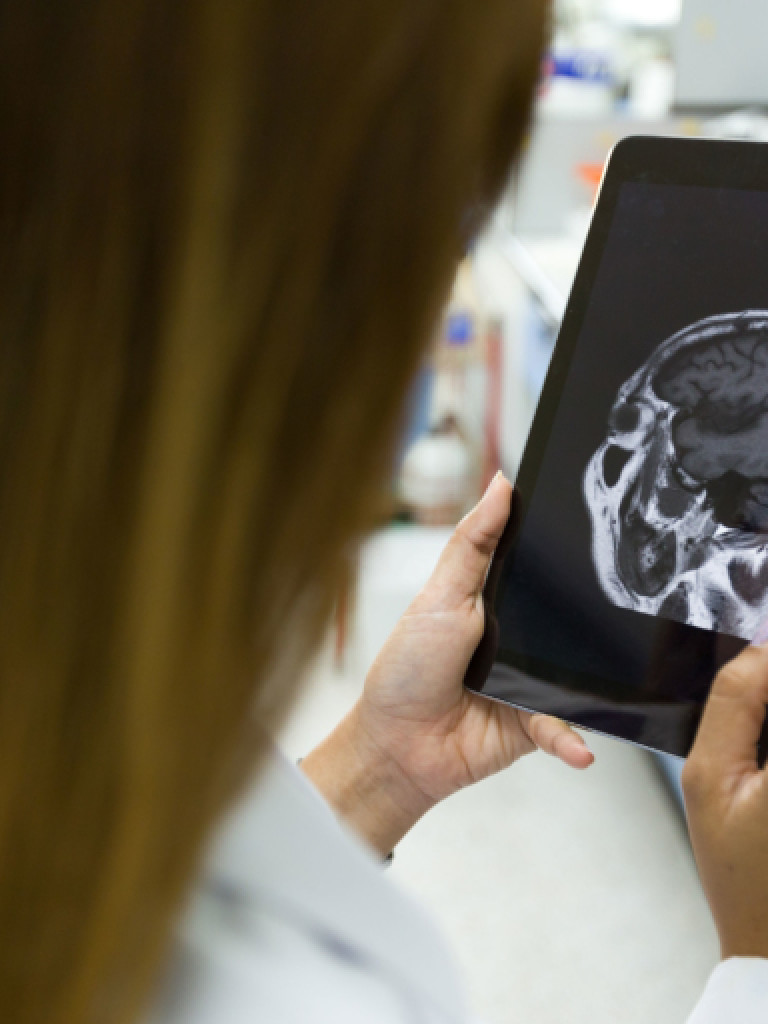
New York University - United States
Alexapath - Louis Auguste
- 2016
- Winner
- Venture
Our innovation is the Alexapath Telepathology System, an extremely affordable Internet of Things (IoT) enabled microscope accessory connected to a mobile app and a cloud sharing web app. Together the system turns a standard microscope into a digital slide scanner.
Our principal IP is a robotic slide holder that is portable and fits any microscope’s stage, called Auto Diagnostic Assistant (ADA). ADA enables movement, capture and remote control of glass specimen slides. ADA has been engineered and tested by our team from NYU’s Tandon School of Engineering and is currently patent pending.
The second IP is the process for scanning slides with smart phones, called mobile Whole Slide Imaging (mWSI) for the capture or live streaming of specimen slides at variable angular magnification from 20x to 100x. The mWSI app is connected to our website www.Alexapath.com which a database and telepathology medium for uploading, stitching, sharing, viewing and diagnosing slides.
Existing solutions: Cameras attached to microscopes or “static” imaging is low cost, but has limit clinical utility because images are incomplete. Robotic microscopes require replacing a current microscope at a cost that is 15x greater our accessory. WSI devices, desktop sized and over $100,000, offer a wide number of premium features, however the cost opens the market to Alexapath. Many of these solutions are focused at high-end markets while our solution is available to underserved markets.